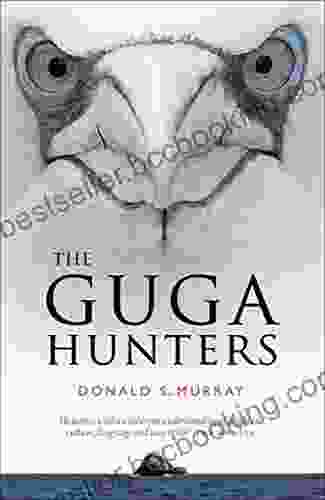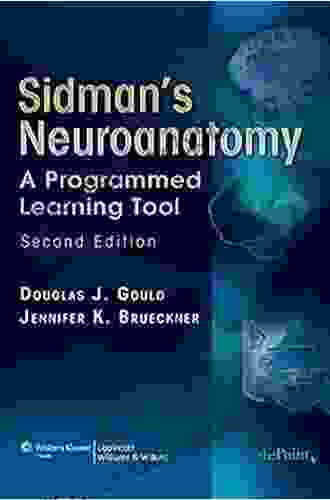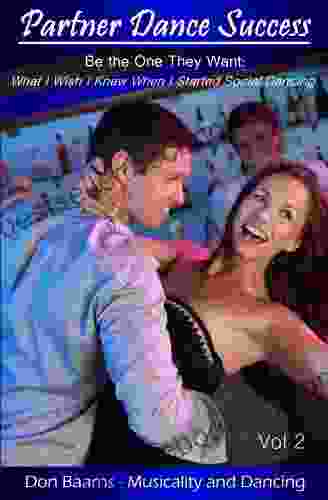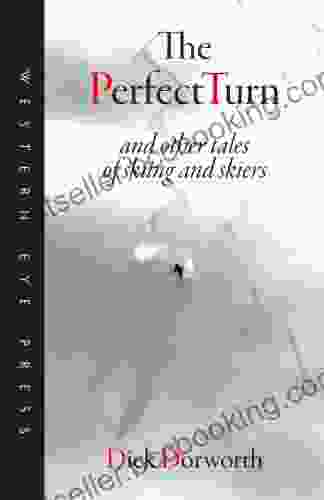How To Fix Errors In Your Document: The Ultimate Guide

In the realm of communication, written documents serve as indispensable tools for conveying information, ideas, and perspectives. Whether it's a formal report, a persuasive essay, or a captivating short story, the quality of our written work reflects not only our thoughts but also our credibility and professionalism.
5 out of 5
| Language | : | English |
| File size | : | 440 KB |
| Text-to-Speech | : | Enabled |
| Screen Reader | : | Supported |
| Enhanced typesetting | : | Enabled |
| Print length | : | 10 pages |
| Lending | : | Enabled |
However, even the most skilled writers are prone to making errors in their documents. These errors can range from simple typos to more complex grammatical mistakes or formatting inconsistencies. While minor errors may not significantly impair the readability of a document, they can accumulate and create an unprofessional or even confusing impression.
Recognizing the importance of error-free writing, this comprehensive guide delves into the intricacies of identifying and resolving errors in your documents. By following the strategies and techniques outlined below, you can significantly enhance the clarity, professionalism, and accuracy of your written work.
Chapter 1: The Art of Proofreading
Proofreading is the meticulous process of reviewing a written document to identify and correct errors. While it may seem like a straightforward task, effective proofreading requires a keen eye for detail and a systematic approach.
1.1. Step-by-Step Proofreading Method
- Read the entire document aloud: This helps you identify errors in grammar, punctuation, and sentence structure that may not be immediately apparent when reading silently.
- Check for spelling and typography: Use a spell checker and carefully review the document for any misspelled words or typographical errors.
- Verify grammar and punctuation: Ensure that sentences are grammatically correct and that punctuation is used appropriately.
- Review formatting and consistency: Check for consistency in font, font size, margins, and other formatting elements throughout the document.
- Seek feedback from others: Ask a colleague, friend, or family member to review your document and provide feedback on any errors or areas for improvement.
1.2. Common Errors to Look For
- Misspellings
- Incorrect punctuation
- Grammar mistakes
- Inconsistent formatting
- Incomplete sentences
- Incorrect citations or references
- Awkward or unclear phrasing
Chapter 2: Error Types and Resolutions
Errors in documents can be broadly classified into several types, each requiring a specific approach for resolution. Understanding the different error types helps you effectively identify and correct them.
2.1. Types of Errors
- Mechanical errors: These include misspellings, typographical errors, and formatting inconsistencies.
- Grammatical errors: These refer to mistakes in grammar, such as incorrect subject-verb agreement, faulty sentence structure, or improper punctuation.
- Style errors: These are errors in writing style, such as awkward phrasing, repetitive language, or inconsistent use of tense.
- Logical errors: These are inaccuracies or inconsistencies in the logical flow or coherence of the document.
li>Research errors: These refer to incorrect or outdated information, improper citations, or plagiarism.
2.2. Resolving Errors
- Mechanical errors: Use a spell checker, carefully review the document, and ensure consistent formatting.
- Grammatical errors: Review grammar rules, use grammar-checking tools, and seek feedback from others.
- Style errors: Read your document aloud to identify awkward phrasing and repetitions. Consider using a thesaurus to find synonyms.
- Logical errors: Analyze the flow of your document, ensure logical transitions, and check for inaccuracies or inconsistencies.
- Research errors: Verify information from reputable sources, double-check citations, and avoid plagiarism.
Chapter 3: Tools and Resources for Error Correction
In addition to careful proofreading and error analysis, there are several tools and resources available to assist you in the error correction process.
3.1. Spell Checkers and Grammar Tools
- Word processing software (e.g., Microsoft Word, Google Docs) include built-in spell checkers and grammar checkers.
- Online grammar checkers (e.g., Grammarly, Hemingway Editor) provide comprehensive feedback on grammar, style, and readability.
3.2. Reference Materials
- Dictionaries and thesauruses provide definitions, synonyms, and correct spellings.
- Style guides (e.g., APA, MLA, Chicago Manual of Style) offer guidance on formatting, citations, and writing style.
- Online resources (e.g., Purdue Online Writing Lab, Grammar Girl) provide comprehensive information on grammar, style, and writing.
Chapter 4: Best Practices for Error-Free Writing
While proofreading is essential for error correction, it is equally important to adopt best practices in your writing process to minimize errors in the first place.
4.1. Plan and Outline
- A clear plan and outline help you organize your thoughts and structure your document effectively.
- This reduces the chances of making errors due to lack of clarity or logical flow.
4.2. Write in Short Bursts
- Avoid marathon writing sessions that can lead to fatigue and increased errors.
- Break down your writing into smaller chunks to maintain focus and accuracy.
4.3. Take Breaks and Revisit Your Work
- Step away from your writing periodically to clear your mind and refresh your perspective.
- Revisit your document after a break to identify any errors you may have missed initially.
4.4. Seek Feedback Early
- Share your draft with a colleague, friend, or writing group for feedback.
- Constructive criticism can help you identify errors and improve the overall quality of your writing.
Error-free writing is not merely about avoiding mistakes but also about conveying your message with clarity, professionalism, and accuracy. By following the strategies and techniques outlined in this comprehensive guide, you can significantly enhance the quality of your documents and elevate your writing to new heights.
Remember, the pursuit of error-free writing is an ongoing process that requires diligence, attention to detail, and a commitment to continuous improvement. By embracing the principles of effective proofreading, understanding different error types, utilizing available tools, and adopting best practices, you can transform your writing into a polished and error-free reflection of your thoughts and ideas.
Invest in error-free writing today and witness the positive impact it has on your communication, your credibility, and your overall writing journey.
5 out of 5
| Language | : | English |
| File size | : | 440 KB |
| Text-to-Speech | : | Enabled |
| Screen Reader | : | Supported |
| Enhanced typesetting | : | Enabled |
| Print length | : | 10 pages |
| Lending | : | Enabled |
Do you want to contribute by writing guest posts on this blog?
Please contact us and send us a resume of previous articles that you have written.
 Book
Book Novel
Novel Page
Page Chapter
Chapter Text
Text Story
Story Genre
Genre Reader
Reader Library
Library Paperback
Paperback E-book
E-book Magazine
Magazine Newspaper
Newspaper Paragraph
Paragraph Sentence
Sentence Bookmark
Bookmark Shelf
Shelf Glossary
Glossary Bibliography
Bibliography Foreword
Foreword Preface
Preface Synopsis
Synopsis Annotation
Annotation Footnote
Footnote Manuscript
Manuscript Scroll
Scroll Codex
Codex Tome
Tome Bestseller
Bestseller Classics
Classics Library card
Library card Narrative
Narrative Biography
Biography Autobiography
Autobiography Memoir
Memoir Reference
Reference Encyclopedia
Encyclopedia Diane Lierow
Diane Lierow Drew Manning
Drew Manning Don Freeman
Don Freeman Dora Charles
Dora Charles Don Harris
Don Harris Diamond Press
Diamond Press Diane Miessler
Diane Miessler Diane Wilson
Diane Wilson Deborah Tannen
Deborah Tannen Diana Beresford Kroeger
Diana Beresford Kroeger Diana L Paxson
Diana L Paxson Dubose Heyward
Dubose Heyward Diarmaid Macculloch
Diarmaid Macculloch Dennis E Taylor
Dennis E Taylor Deirdre Langeland
Deirdre Langeland Douglas Nicholas
Douglas Nicholas Dr Scott A Johnson
Dr Scott A Johnson Dr Ron Baesler
Dr Ron Baesler Douglas D Box
Douglas D Box Dirk Walvoord
Dirk Walvoord
Light bulbAdvertise smarter! Our strategic ad space ensures maximum exposure. Reserve your spot today!
 Levi PowellFollow ·3.3k
Levi PowellFollow ·3.3k Nathaniel HawthorneFollow ·19.6k
Nathaniel HawthorneFollow ·19.6k Jesus MitchellFollow ·9.9k
Jesus MitchellFollow ·9.9k Lawrence BellFollow ·12.5k
Lawrence BellFollow ·12.5k Jordan BlairFollow ·7.1k
Jordan BlairFollow ·7.1k Felix CarterFollow ·7.9k
Felix CarterFollow ·7.9k Ian McEwanFollow ·3.6k
Ian McEwanFollow ·3.6k Roland HayesFollow ·8.1k
Roland HayesFollow ·8.1k
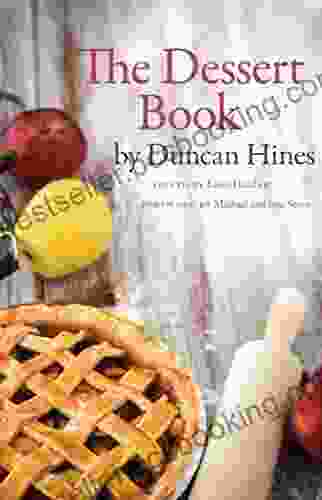
 J.D. Salinger
J.D. SalingerThe Quintessential American Cook: A Culinary Journey with...
Prologue: The Man...
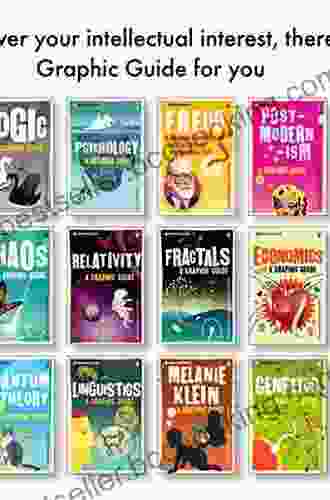
 Franklin Bell
Franklin BellIntroducing Romanticism: A Literary Guide to the Romantic...
Romanticism was a...

 Denzel Hayes
Denzel HayesThe Untold And Inspiring Story Of Eric Liddell Hero Of...
The Olympian Who Defied...

 Oscar Wilde
Oscar WildeDiscover the Enchanting Adventure of Arthur Woody and the...
Immerse Yourself in a World of Mystery,...

 Fernando Bell
Fernando BellAlibaba: The House That Jack Ma Built
The Rise of the Chinese E-Commerce Giant ...
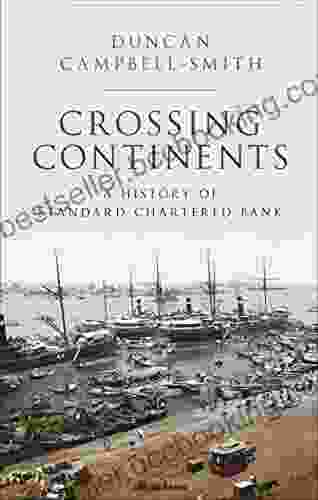
 Leo Tolstoy
Leo TolstoyCrossing Continents: A History of Standard Chartered Bank
By John M. Smith Crossing...
5 out of 5
| Language | : | English |
| File size | : | 440 KB |
| Text-to-Speech | : | Enabled |
| Screen Reader | : | Supported |
| Enhanced typesetting | : | Enabled |
| Print length | : | 10 pages |
| Lending | : | Enabled |



